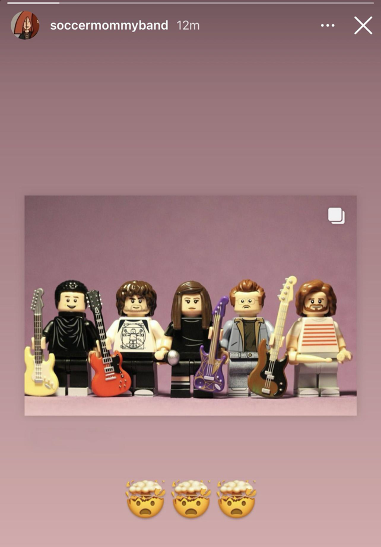Ghosh discusses beauty obsession

Take a look in the mirror. Do you like what you see? If you do, that’s great. But be sure to pass the self-confidence along to someone else. If you don’t, why is that? Perhaps the reasons you don’t like the reflection staring back at you in the mirror have less to do with what you see and more to do with what the media tells you about your image.
On Nov. 8, Communication Professor Sanjukta Gosh presented a Soundings event called “Beauty and Its Beast: Women’s Images in Popular Culture. It was an eye opener for the females in the audience – and the males, as well.
In a media-crazed culture like America, we are bombarded with women’s bodies on the front covers of every major magazine and in the pages of ads. These women are even selling products that are intended for use by males. In her presentation, Gosh examined why women’s bodies are used to sell products and the effects that this strategy has on females.
Gosh said it is only a woman’s body that makes her worthy of being on the front cover of a magazine or in an advertisement. Our society does not look at the other qualities that a woman might possess, like intelligence and kindness. As a result, a female’s outward appearance is the sole decider in how successful she will be in her career and more importantly, her life.
However, it’s not just our generation that has reduced women to mere objects or toys for men’s amusement. For decades, the males have been associated with government policy and decision-making, while the females have been tied to the home, the family, and beauty. On the other hand, Gosh pointed out that, “Yesterday’s pornography is today’s ad,” which is caused by the convergence of the fashion and sex industries.
Does it seem right to you that of all the books out there, porn star Jenna Jameson’s, “How to Make Love Like a Porn Star” was the fastest selling one? Her book even beat out Harry Potter. Or does it seem right that a billboard advertisement for plastic surgery, but more specifically breast implants, says, “Finally a gift you can both enjoy” as if they were a child’s plaything?
The fact of the matter is that our culture has become so desensitized to sex that we don’t acknowledge or comprehend the negative effects it has on our self-esteems and self-images. Gosh even stated that this pornographic sexuality entering the mainstream culture actually hinders relationships because expectations in bed increase rather than make us more sensual. If that doesn’t get your attention, maybe the 17 pregnancies among 11 year olds in Maine over the past four years will do the trick, which Gosh touched upon in her discussion.
Magazine covers and advertisements are also affecting the physical health of females. Statistics estimate that one of five young women has an eating disorder, while 50 percent of fourth grade girls are on a diet on any given day in the United States.
And even grown women say they would rather sacrifice three years of their lives to be thinner, Ghosh said. The sad thing is that the models on the covers of magazines, on billboards, or on the pages of advertisements are so airbrushed that hardly anything in the picture is truly their body. Do we want our young girls aspiring to be someone completely and obviously unattainable in real life?
Gosh further intrigued the audience by delving into the connections between the fashion and food industries. You may be wondering how these two industries could possibly be connected, but they are and it’s mind blowing. The same companies that produce chocolate bars or other high-calorie foods also own famous weight loss programs and produce health foods.
For instance, Gosh reported that the Nestle company, who we all know produces many forms of candy, is also the owner of that ever popular weight loss program called Jenny Craig. It’s almost as if these companies have their hands in both cookie jars . Oh wait, they do, she said.
Weight loss has become the bane of many individual’s existence. So much in fact, that these individuals would go to any extremes to get skinny. One particularly famous model that many young and even older women aspire to look like is Barbie. However, Gosh presented some very shocking facts that may help many females rethink their goal.
If a female human being were to made to the scale of Barbie, her back would be too weak to support her upper body; her narrow waist and torso could only support half a liver and a few centimeters of bowel; eventually, the Barbie human would die of chronic diarrhea and malnutrition. The audience members gasped at that information.
Do you still want to look like Barbie?






